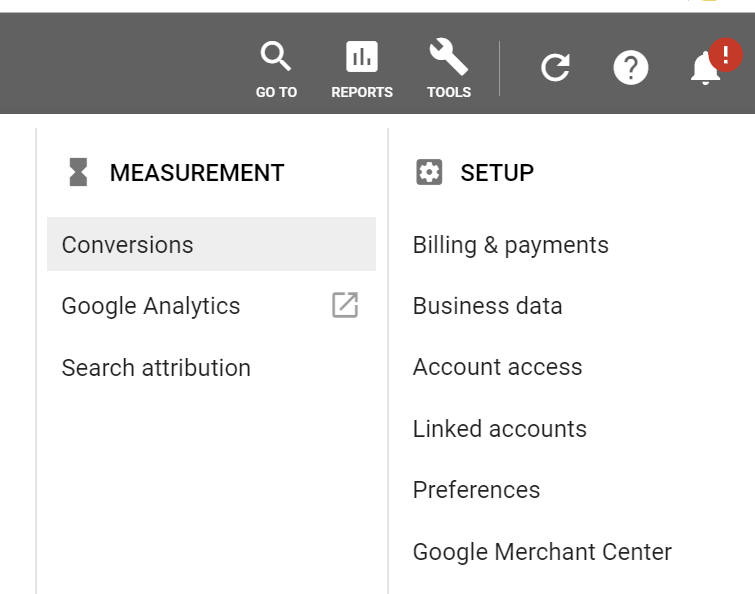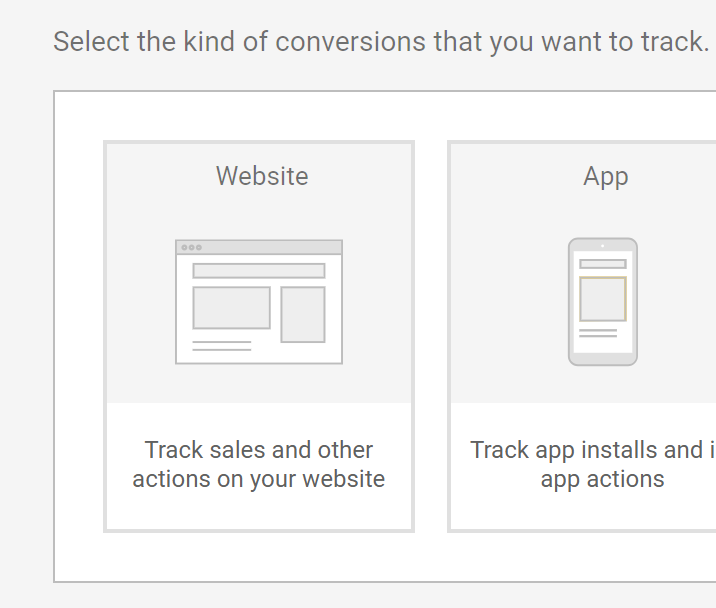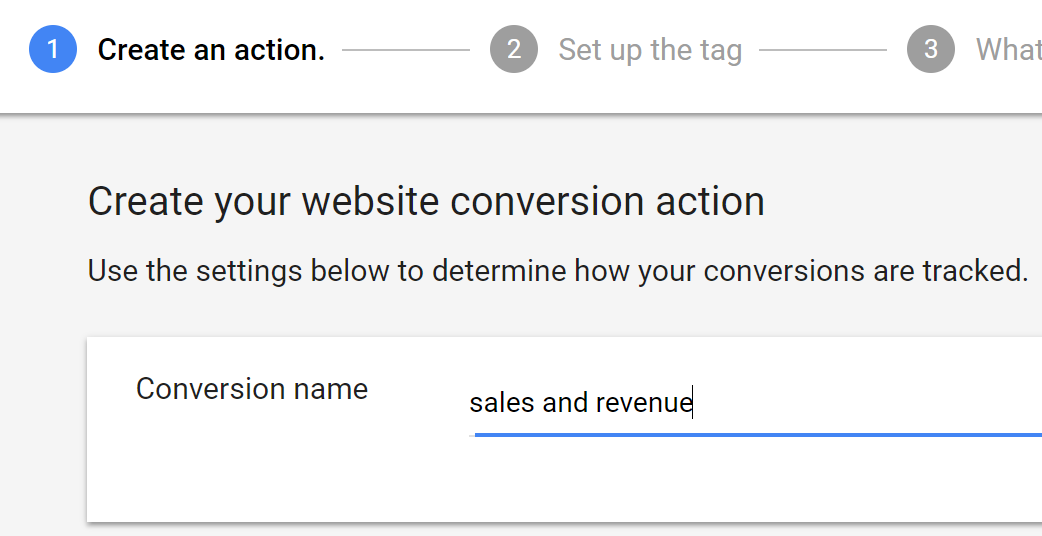The previous installments are: Sales Tracking It’s important to track sales from any advertising campaign, including Google Shopping. Tracking Explained Conversion tracking is based on cookies, small pieces of code placed on your device following, in this case, an ad click. Buying a product places a transaction value on the checkout page or cart. Completing the purchase matches the cookie and the tracking code at checkout. I prefer Google Ads conversion tracking instead. Always check with your shopping cart provider on how to track sales from Google Shopping and text ads. To keep things simple, I use the default setting of last-click attribution. Google Shopping offers several options to set up the tracking code or tag. Some shopping carts allow you to place parameters from the tracking codes directly into the cart without having to place the codes on pages. Otherwise, buy one of your products following a Google search and an ad click (to confirm the cookie) to ensure the tracking is working correctly.
Google Shopping ads always carry a photo, price, and a description. The ads appear in search results above or beside text-based ads and organic listings.
Setting up sales tracking for Google Shopping campaigns is vital — before you launch.
This is the fourth article in my “Success with Google Shopping” series. The previous installments are:
Sales Tracking
It’s important to track sales from any advertising campaign, including Google Shopping. Otherwise, you are spending money on ad clicks without knowing if the clicks are generating sales.
This is the single biggest mistake many Google advertisers make, in my experience. It’s also the biggest reason many advertisers give up on Google ads, thinking they don’t work.
If they track sales conversions at all, some advertisers base what they spend on cost per acquisition or cost of sale. This ignores profit, however. A better metric is return on ad spend — ROAS. When you are tracking sales correctly based on ROAS, you can increase your bids and budgets to maximize profit.
Not all of your products will sell. Some will make more money than others, and prices can change over time. People won’t always buy what they came for, and they may spend less or more than they originally intended.
So if you don’t track your sales and ROAS to each product, you won’t be able to manage and optimize Google Shopping campaign budgets, bids, overall spend, campaign delivery, and impression share.
Fortunately, for merchants this is often the easiest thing to fix. There are a variety of methods. Some shopping carts have included the functionality while others require additional services, software, or plugins.
Tracking Explained
Conversion tracking is based on cookies, small pieces of code placed on your device following, in this case, an ad click. It isn’t perfect because cookies can be blocked or removed. They eventually expire.
They also do not follow devices; any sale has to take place on the same device of the initial ad click. If a customer moves from one device to another before the sale is completed, the tracking doesn’t work. However, even with these limitations, it’s the best tracking system there is.
The process works like this:
- User searches on Google, creating an ad impression.
- User clicks an ad which generates a cookie on the user’s device.
- User visits an advertiser’s product page.
- Buying a product places a transaction value on the checkout page or cart.
- Completing the purchase matches the cookie and the tracking code at checkout.
- The sales value is transferred back to the Google Shopping campaign against the originating Google search term and product.
Setting Up Sales Tracking
You can track conversions from your Google Analytics account, but it’s session-based and works differently. I prefer Google Ads conversion tracking instead. Some advertisers set up both at the same time without realizing that it creates duplicates, which makes the numbers incorrect and the campaigns unmanageable.

—
In Google Ads, we want to track website conversions, so select that and then give it a meaningful name.

—
Assign a meaningful name to your conversion action.

COMMENTS